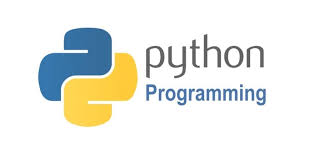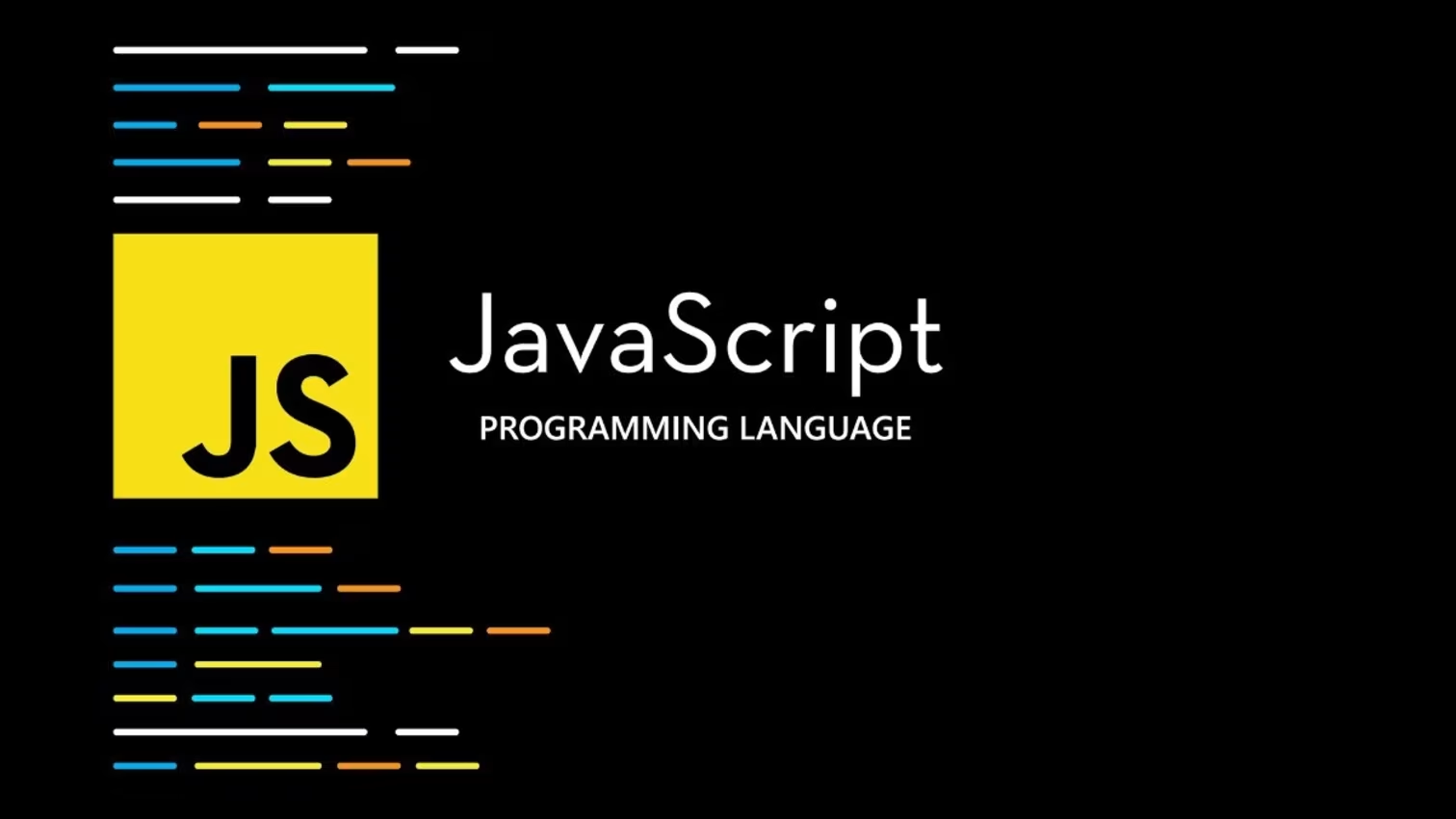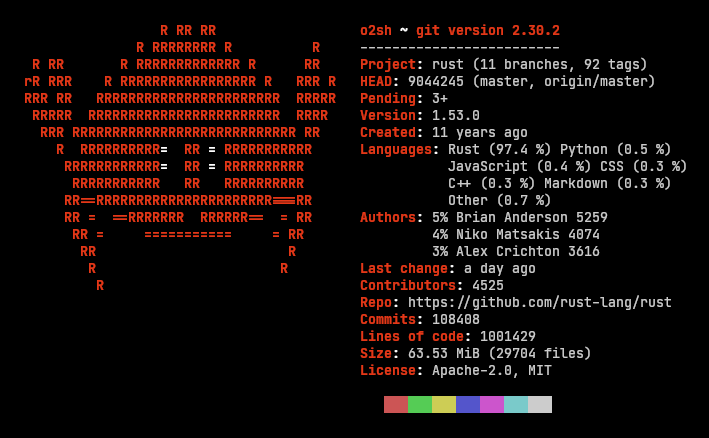If you’ve ever wanted to understand how blockchain technology works but don’t know where to start, Python might just be your best entry point. Known for its simplicity and versatility, Python has become one of the most popular languages used in blockchain programming — and for good reason.
From building prototypes of cryptocurrencies to developing smart contracts and decentralized apps (DApps), Python gives aspiring blockchain developers an easy yet powerful way to begin their journey.
🧠 Why Choose Python for Blockchain?
Python is a beginner-friendly language with a clean syntax and vast library support. Here’s why it’s a perfect fit for blockchain development:
- Easy to Learn and Read
Python’s straightforward syntax makes it ideal for beginners who want to understand blockchain logic without being overwhelmed by complex code. - Rapid Prototyping
You can quickly build and test blockchain ideas without spending hours debugging syntax or memory issues. - Strong Community and Libraries
With libraries like hashlib, pycryptodome, and web3.py, developers can easily implement cryptographic algorithms and connect to Ethereum nodes. - Versatility
Beyond blockchain, Python is widely used in data analysis, AI, and automation — all skills that complement modern blockchain development.
🔍 How Python Works in Blockchain Development
Python can be used for multiple layers of blockchain development:
- Building Blockchains from Scratch: You can create your own simplified blockchain network using Python to understand blocks, hashing, and consensus mechanisms.
- Smart Contract Interaction: With libraries like
web3.py, Python enables developers to interact with smart contracts on Ethereum and other EVM-compatible chains. - Data Analysis & Visualization: Blockchain developers use Python to analyze transaction data, build dashboards, and monitor blockchain activity.
- Automation Scripts: Automate tasks like token transfers, wallet generation, and network monitoring with Python scripts.

🧩 Getting Started with Python for Blockchain
Step 1: Learn the Fundamentals
Before jumping into blockchain, ensure you understand Python basics:
- Data types, loops, and functions
- Object-oriented programming
- Working with JSON and APIs
Step 2: Understand Blockchain Concepts
Learn about key blockchain components like blocks, mining, cryptographic hashing, consensus mechanisms, and peer-to-peer networks.
Step 3: Build Your First Blockchain
Try creating a simple blockchain using Python. For example:
- Use the hashlib library for hashing blocks.
- Implement proof-of-work logic to simulate mining.
- Add basic validation for your chain integrity.
Step 4: Connect to Ethereum using Web3.py
Install web3.py to interact with Ethereum smart contracts. With it, you can:
- Deploy contracts on testnets.
- Fetch wallet balances.
- Automate transactions and token interactions.
Step 5: Explore Real-World Projects
Once you’re comfortable, try hands-on blockchain projects like:
- A crypto wallet interface
- A token transfer tracker
- A voting or supply chain dApp prototype
⚙️ Essential Tools You’ll Need
- Python 3+
- Visual Studio Code or PyCharm
- Ganache (for local Ethereum blockchain testing)
- MetaMask (for wallet and network interaction)
- Web3.py library
💬 Common Mistakes Beginners Make
- Ignoring blockchain fundamentals and jumping straight to coding.
- Forgetting about security and cryptographic principles.
- Not testing code on local or test networks before deploying live.
Remember: blockchain development isn’t just about writing code — it’s about understanding trust, security, and decentralization.
🌐 Where to Learn
If you’re new to Python or blockchain, here are a few places to start:
- Python.org Tutorials
- Web3.py Documentation
- Online courses on Coursera, freeCodeCamp, or CryptoZombies
🏁 Final Thoughts
Python is the perfect stepping stone for anyone who wants to enter the blockchain world without being overwhelmed. It helps you understand blockchain mechanics while letting you build, test, and deploy real-world decentralized applications.
Whether you’re aiming to become a blockchain developer, data analyst, or crypto innovator, mastering Python gives you the foundation to explore any path in the Web3 ecosystem.




Leave a Reply